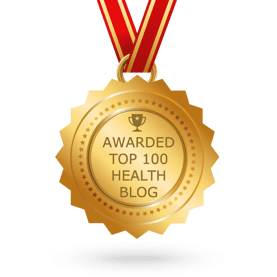Menopause is defined as the permanent cessation of periods resulting from the loss of ovarian follicular activity. Menopause is 12 consecutive months with no period, and this is only known with certainty in retrospect. Perimenopause is the two to eight years preceding menopause and one year following the final menses.
Interestingly, we women begin life with all the follicles we will ever have! Throughout our lives, through ovulation and apoptosis (the dying off of cells), we lose follicles. Women experience menopause when the follicles in their ovaries are exhausted. Think of it as the cycle of the ovaries- first they are asleep, then at birth they wake up, and once they have served their purpose, they go back to sleep again.
In industrialized nations, menopause usually occurs between ages 48-52, with the mean age in the U.S. at 51 years. Menopause occurring in a woman under the age of 40 is considered premature menopause. Factors that can affect when a woman goes into menopause are genetic factors, environment, lifestyle, and systemic diseases, and an integrative and preventive medicine approach takes these factors into consideration. Genetics plays a key role as a woman’s age at menopause is associated with her mother’s menopausal age.
.png?width=305&height=132&name=NIHAlogoBLUE_3_transparent%20(2).png)




